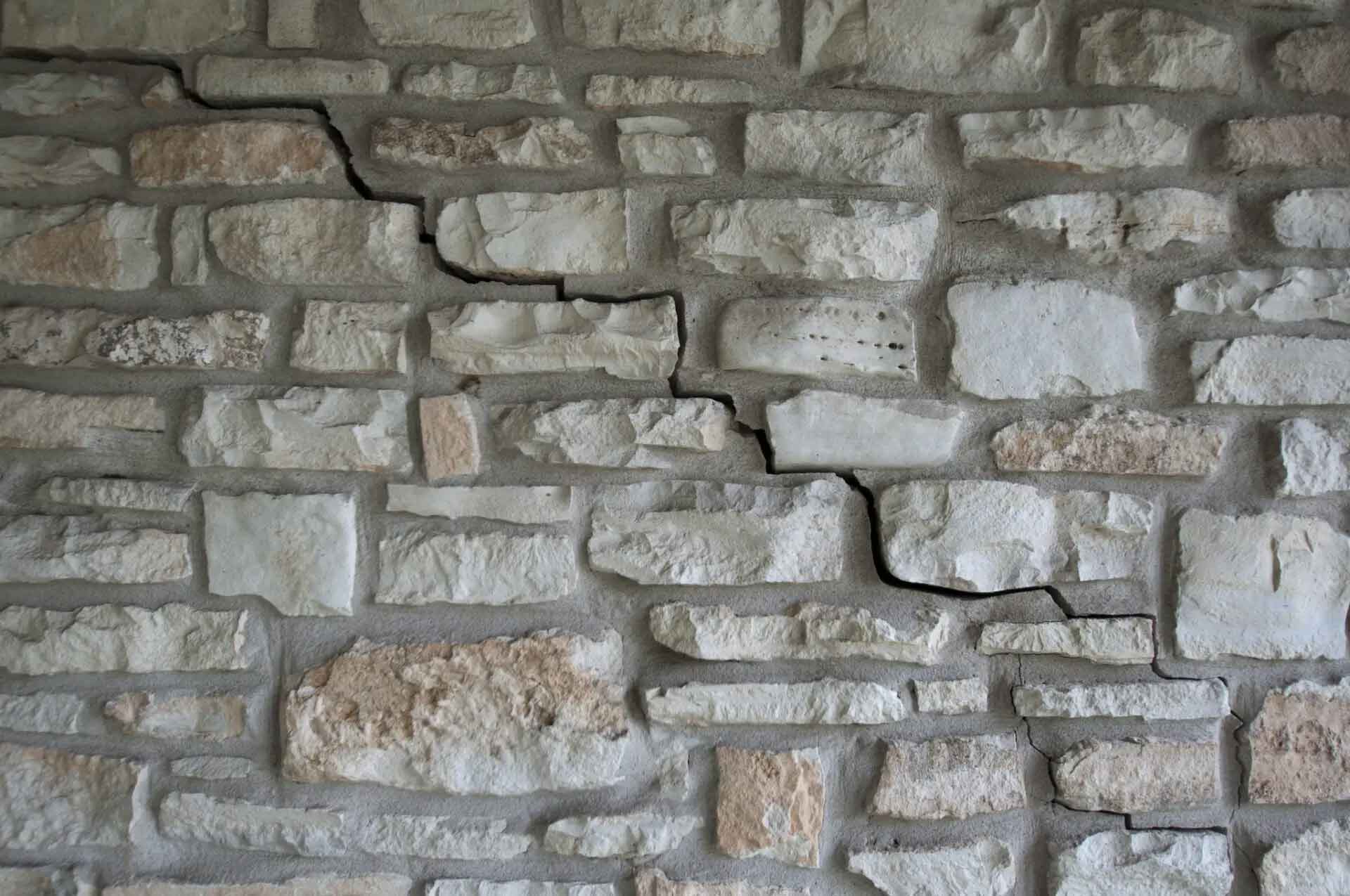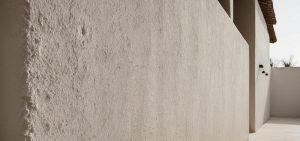Checking For Exterior Masonry Damage To Your Home
If you’re an Edmonton homeowner, you know how unpredictable our western Canadian climate can be.
Heavy snowfall during the winters, powerful rainstorms in the summers, and gusting winds year-round can all take a toll on the condition of your home’s exterior over time.
Unfortunately, these things can all lead to damages of your home. That’s why it’s important to perform a regular damage assessment to the exterior of your home every year. This way, you’ll be able to address any problems before they have a chance to progress.
When Should You Do an Exterior Assessment?
The best time to check for damages to your home’s exterior is in the spring or summer months after all the snow has melted. This is true for a number of reasons:
- Cracks in your foundation are most likely to appear in the spring after the ground has thawed out.
- Snow and ice can prevent you from conducting a proper assessment of your home’s exterior in the winter.
- Cold weather causes people to rush through their exterior assessment.
Once the snow has cleared up and the ground has thawed, you’re free to begin getting ready to assess your home for damages.
What Should You Look For?
Many people understand the importance of regularly checking the exterior of their home for damages, yet they are unsure of what they are looking for. Here are a few of the main things you should keep an eye out for:
Windows
Nothing is worse than sitting on the couch on a cold winter day and catching an icy draft due to poorly sealed windows.
Due to the regular freeze and thaw cycles experienced in our region, your foundation may experience a shifting effect. If this is the case, the result can be uneven gaps around the edges of your windows.
Not only will this cause a draft, but it can also significantly increase your monthly utility bill as more energy will be needed to keep you warm.
Foundation
Even the smallest of cracks in your foundation can pose a risk to the structure of your home. That’s because water can seep into these cracks and freeze. And as we all know, when water freezes it expands causing the cracks to expand with it.
What’s just a small crack now can quickly grow in just a few years time, making it important to address this issue immediately.
Once you have a clear view of your foundation (you might have to clear away grass and other debris from the fall) scan the perimeter of your home for cracks in the foundation.
If you notice any, be sure to immediately contact a professional home exterior specialist who can help you repair these cracks.
Deck/Balcony
It’s not just your walls, foundation, and windows that can take a beating during the winter. Your deck or balcony can be affected too.
If made of wood, it’s possible that moisture has found a way to seep into the planking of your deck. When this happens, rot can set in, posing a safety risk to you and your family.
Once the snow has cleared, scan the surface of your deck for any visual anomalies and also pressure test the surface to make sure there are no soft spots. To make sure you are completely protected against damages to your deck or balcony, consider applying a balcony or deck coating system.
In Closing
These are just three of the main areas you should check for damages after a long winter, however, there are many more that require a professional eye. If you think the exterior of your Edmonton home has been compromised, call Depend Exteriors today!



